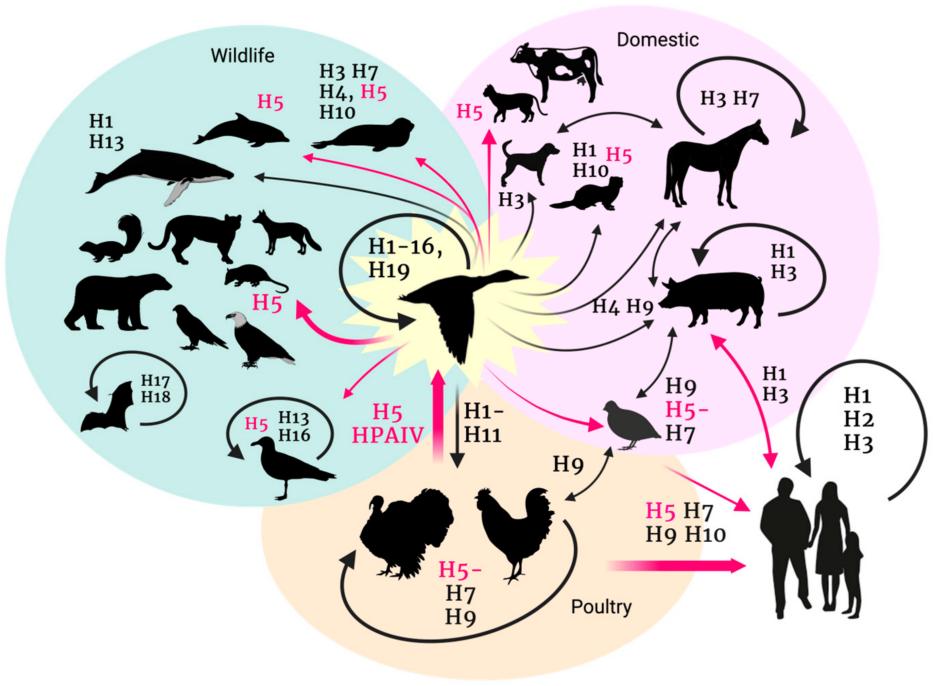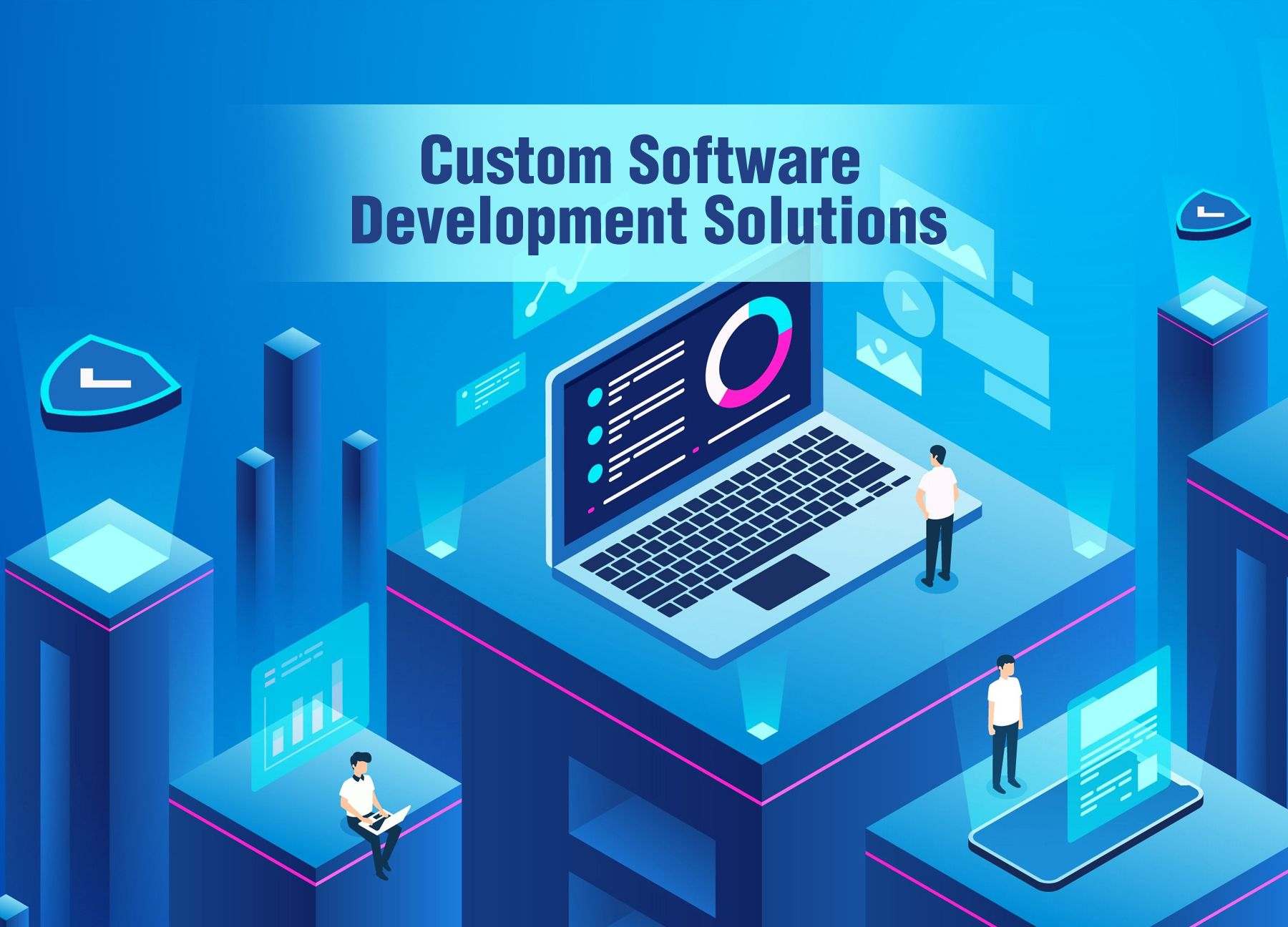Exploring Types of Web Application Development
web application development is a cornerstone of modern digital engagement, enabling businesses to deliver dynamic, accessible experiences for users worldwide. From social media platforms to e-commerce sites, different types of web applications cater to unique requirements and serve diverse purposes. Understanding the types of web application development is essential for businesses and web developers looking to choose the right approach to meet specific objectives.
What is Web Application Development?
Web application development involves creating applications that operate through a web browser. Unlike traditional software, web applications run directly on a browser without the need for installation. This field combines front-end (user-facing) and back-end (server-side) development to produce robust, interactive applications that users can access across devices.
Web developers play a vital role in ensuring that each web application meets the necessary functionality, security, and usability standards. Let’s explore the various types of web applications, each with its own strengths and intended uses.
Key Types of Web Application Development
-
Static Web Applications
Static web applications are the simplest type of web application, featuring fixed content that doesn’t change dynamically. Built using HTML, CSS, and sometimes JavaScript, these applications present pre-defined information to users without interactivity. Examples include informational sites, company portfolios, and personal blogs.-
Advantages: Easy to develop, low-cost, fast loading times.
-
Drawbacks: Limited functionality, lack of interactivity.
-
Best Suited For: Businesses needing simple websites or displaying static information.
-
-
Dynamic Web Applications
Dynamic web applications provide interactive features, adjusting content based on user input or other factors. They are built using a combination of front-end languages (HTML, CSS, JavaScript) and back-end languages (like PHP, Python, Ruby) with a database. This allows content to be updated in real-time, improving user engagement.-
Advantages: Highly interactive, flexible, and offers real-time data updates.
-
Drawbacks: More complex and resource-intensive to develop and maintain.
-
Best Suited For: E-commerce sites, social networks, and content management systems (CMS) like WordPress.
-
-
Single-Page Applications (SPAs)
Single-Page Applications load all essential content on a single web page and dynamically update as users interact with the app. SPAs deliver a seamless user experience by eliminating page reloads. They rely on JavaScript frameworks like React, Angular, or Vue to manage the user interface and deliver a smooth, responsive experience.-
Advantages: Faster interactions, improved performance, and a more app-like experience.
-
Drawbacks: Limited SEO capabilities, higher initial development complexity.
-
Best Suited For: Social networks, email applications, and dashboards.
-
-
Progressive Web Applications (PWAs)
Progressive Web Applications offer a hybrid experience, blending the best of web and mobile applications. They are designed to function on various devices and provide offline access, push notifications, and a native app-like experience. PWAs are popular for their ability to engage users across different platforms without needing separate mobile development.-
Advantages: Offline functionality, responsive, app-like experience, and broader reach across devices.
-
Drawbacks: Limited access to native device features.
-
Best Suited For: E-commerce, news platforms, and media streaming services.
-
-
Content Management Systems (CMS)
CMS-based web applications provide a structure for users to manage and create content without coding knowledge. Platforms like WordPress, Joomla, and Drupal allow users to develop, modify, and organize content within a pre-built framework, making it easy for businesses to update and maintain their web applications without extensive technical knowledge.-
Advantages: User-friendly, no coding required, scalable.
-
Drawbacks: Limited customization for specific needs, security concerns with popular CMS platforms.
-
Best Suited For: Blogs, company websites, and content-driven platforms.
-
-
E-commerce Web Applications
E-commerce applications are designed specifically for online retail, enabling transactions and providing users with a full shopping experience. These applications include features like product catalogs, shopping carts, payment processing, and customer account management. Popular e-commerce platforms include Shopify, Magento, and WooCommerce.-
Advantages: Revenue generation, customer convenience, and business scalability.
-
Drawbacks: Security concerns, complex payment and data handling requirements.
-
Best Suited For: Online retail businesses and marketplaces.
-
-
Portal Web Applications
Portals serve as gateways for users to access various information or services from a single point of entry. These applications are popular in corporate environments, where they provide centralized access to information and tools based on user roles (e.g., employee or customer portals). Portals often include personalized dashboards, information libraries, and communication tools.-
Advantages: Personalized user experience, centralized information, and secure access.
-
Drawbacks: Complex to develop and maintain.
-
Best Suited For: Educational platforms, corporate intranets, and government services.
-
-
Social Networking Web Applications
Social networking applications enable users to interact, share content, and build communities online. Examples include Facebook, Twitter, LinkedIn, and Instagram. These applications rely on real-time data processing, notifications, and scalable architecture to accommodate high user engagement.-
Advantages: High user engagement, real-time interaction, community-building.
-
Drawbacks: Complex backend infrastructure and high data security requirements.
-
Best Suited For: Social networks, community forums, and media-sharing platforms.
-
-
Enterprise Web Applications
Enterprise web applications are tailored for specific business processes, helping companies streamline operations, manage data, and improve efficiency. These are often custom-built to suit the unique needs of an organization and may include ERP (Enterprise Resource Planning) systems, CRM platforms, and project management tools.-
Advantages: Increased productivity, tailored solutions, and data centralization.
-
Drawbacks: High development costs and complex maintenance.
-
Best Suited For: Large organizations with specific workflow needs and data management requirements.
-
-
Hybrid Web Applications
Hybrid web applications combine elements of native and web applications, functioning as web-based apps but with native device capabilities. They are built using web technologies like HTML, CSS, and JavaScript but packaged for specific platforms. Tools like Apache Cordova or React Native enable hybrid development.-
Advantages: Cross-platform capabilities and access to device features.
-
Drawbacks: Potential performance limitations compared to native apps.
-
Best Suited For: Businesses aiming for both web and mobile presence without extensive development resources.
-
Choosing the Right Type of Web Application Development
Selecting the right type of web application depends on factors such as the target audience, the purpose of the application, and available resources. Here are some considerations:
-
User Needs: Understanding the features and interactivity level users expect is crucial. An e-commerce platform, for example, requires dynamic content and secure transaction handling, while an informational website can be static.
-
Budget and Timeline: Complex applications like dynamic web applications or enterprise solutions typically require a larger budget and longer development time. In contrast, static applications or PWAs may be faster and less expensive to develop.
-
Performance and Scalability: Social networking applications, e-commerce platforms, and SPAs require high performance and the ability to handle a growing number of users.
-
Device Compatibility: Businesses seeking a broader reach might consider PWAs or hybrid applications for a cross-device experience.
-
Security Requirements: Applications that handle sensitive data, such as e-commerce or healthcare portals, require robust security measures, impacting the type of development chosen.
The Role of Web Developers Across Application Types
Web developers bring their skills in front-end, back-end, and full-stack development to create and maintain various types of web applications. Their work is essential in areas such as:
-
User Experience (UX): Ensuring that applications are intuitive and responsive to meet user expectations.
-
Database Management: Handling user data securely, especially in dynamic and e-commerce applications.
-
Security: Implementing encryption, secure logins, and other measures to protect sensitive information.
-
Performance Optimization: Enhancing loading times, scalability, and responsiveness, especially for data-heavy applications.
Conclusion
Web application development encompasses a wide array of application types, each designed to meet specific needs and offer unique benefits. From simple static applications to complex enterprise systems, each type plays a vital role in modern digital interaction. For web developers, understanding the distinctions among these types helps in crafting applications that are tailored to specific user needs, business objectives, and technological requirements. As digital transformation advances, web applications will continue to evolve, offering new possibilities for engagement and innovation across all industries. For more info visit our website Artema Tech.




